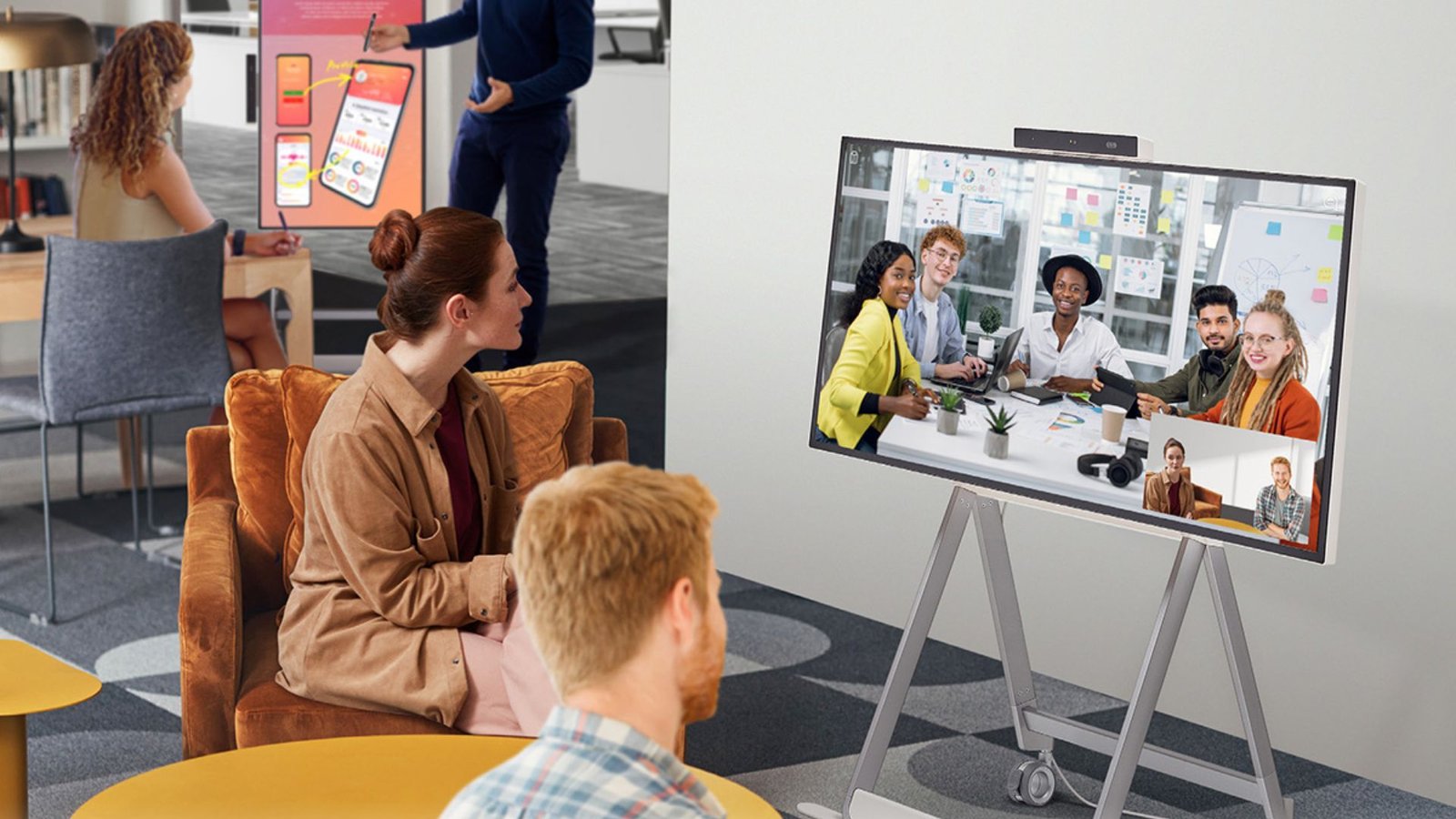How to Use Video Conferencing to Enhance Remote Collaboration
Video conferencing is a powerful tool that can significantly enhance remote collaboration. In today’s world, where teams often work from various locations, using video conferencing effectively can bridge gaps and foster better communication. By leveraging video conferencing to enhance remote collaboration, you can improve teamwork, productivity, and overall success. Here’s how you can make the most of this technology.
Choose the Right Video Conferencing Tool
The first step in using video conferencing to enhance remote collaboration is selecting the right tool. Look for a platform that offers high-quality video and audio, ease of use, and essential features like screen sharing and recording. Popular options include Zoom, Microsoft Teams, and Google Meet. The right tool will provide a smooth experience for all participants and support your collaboration needs effectively.

Set Clear Objectives for Meetings
To use video conferencing effectively, start by setting clear objectives for each meeting. Define what you want to achieve and share this with all participants beforehand. Clear goals help keep the meeting focused and productive. Whether it’s brainstorming ideas, making decisions, or updating progress, having well-defined objectives ensures that everyone knows the purpose and can contribute meaningfully.
Prepare and Share Agendas in Advance
Preparing and sharing agendas before your video conferences is crucial for enhancing remote collaboration. Distribute the agenda ahead of time so that participants know what to expect and can prepare accordingly. This practice helps in managing time effectively, keeps discussions on track, and ensures that all important topics are covered.
Encourage Active Participation
Active participation is key to effective remote collaboration. Encourage all team members to contribute during video conferences by asking questions, sharing ideas, and providing feedback. Use features like polls and chat functions to engage participants and make everyone feel involved. Active participation ensures that diverse perspectives are considered and that the meeting is more interactive and productive.
Utilize Screen Sharing and Collaboration Tools
One of the greatest advantages of video conferencing is the ability to share screens and use collaboration tools. Make use of screen sharing to present documents, slides, or live demonstrations. Additionally, many video conferencing platforms offer whiteboard and annotation tools that allow participants to collaborate in real time. These features enhance understanding and ensure that everyone is on the same page.
Maintain a Professional Environment
Creating a professional environment during video conferences enhances collaboration. Ensure that you and your team members are in a quiet, well-lit space with a clean background. Use a good-quality microphone and camera to improve audio and video clarity. A professional setting reduces distractions and helps maintain focus on the meeting objectives.
Foster Clear Communication
Effective communication is vital for remote collaboration. During video conferences, speak clearly and at a moderate pace. Encourage others to do the same to avoid misunderstandings. Use visual aids like slides or charts to support your points and make complex information easier to grasp. Clear communication helps ensure that everyone understands the discussion and can contribute effectively.
Record Meetings for Future Reference
Recording meetings is an excellent way to enhance remote collaboration. It allows team members who could not attend the live session to catch up later.
Follow Up with Action Items
After the video conference, follow up with action items to ensure that decisions and tasks are implemented. Send out meeting notes and a summary of action items to all participants. Assign responsibilities and set deadlines for each action item. Following up helps in keeping track of progress and ensures that the outcomes of the meeting are executed effectively.
Encourage Feedback
Encouraging feedback from participants is crucial for improving the effectiveness of video conferences. Ask for input on what worked well and what could be improved. Feedback helps in identifying areas for improvement and making adjustments to enhance future meetings. Continuous improvement based on feedback ensures that remote collaboration becomes more efficient over time.
Manage Time Effectively
Time management is important in video conferencing to keep meetings productive. Start and end meetings on time to respect everyone’s schedules. Stick to the agenda and allocate specific time slots for each topic. Effective time management ensures that meetings are efficient and that all agenda items are covered without overrunning.
Conclusion
Using video conferencing to enhance remote collaboration involves leveraging the right tools and practices. By selecting a suitable platform, setting clear objectives, and encouraging active participation, you can make remote meetings more effective. Utilize features like screen sharing, maintain a professional environment, and follow up with action items to ensure productive collaboration. Regularly seek feedback, manage time effectively, and build strong team relationships to continually improve your remote collaboration efforts. By applying these strategies, video conferencing can become a powerful tool for achieving successful remote teamwork.



